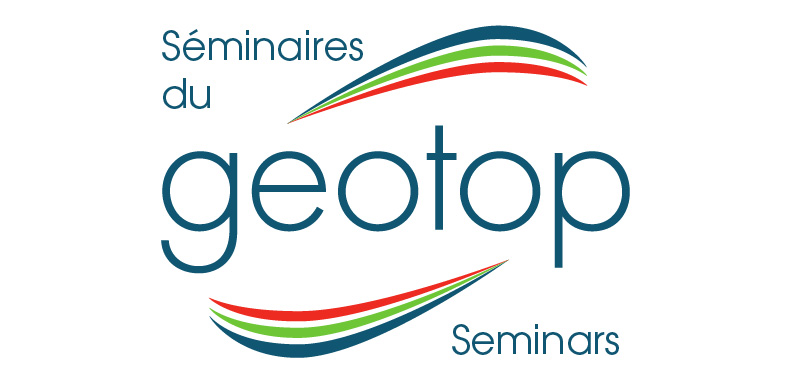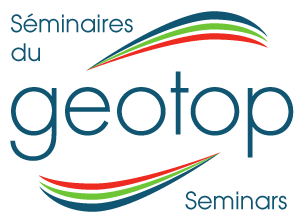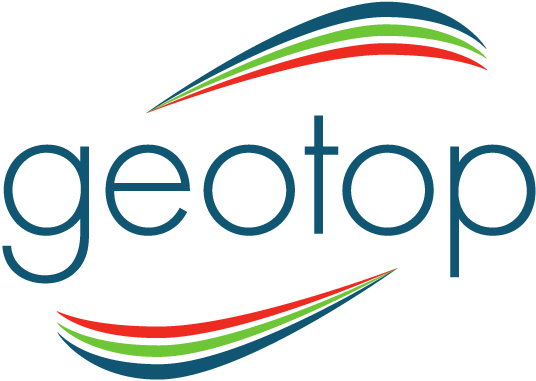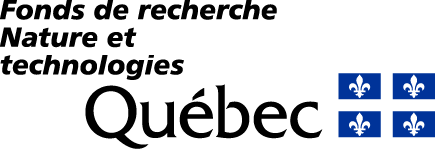GAC Howard Street Robinson lecturer David Corrigan - The Archean-Proterozoic transition and emergence of modern-type plate tectonics
David Corrigan, Geological Society of Canada (retired), Corrigan Geoscience
Vendredi 17 mars 2023 à midi - Friday, March 17, 2023 at noon
Local/Room FDA 232, 3450 rue Université, Université McGill
Résumé / abstract:
The Archean-Proterozoic transition between ca. 2.5 and 1.8 billion years ago was characterized by fundamental transformations in the scale and style of plate tectonics, introducing, for the first time in Earth’s history, processes that more closely resembled those found in modern environments. These processes include continental margin rifting and eruption of continental flood basalt, establishment of passive continental margins, arc and back-arc magmatism, generation of supra-subduction zone ophiolites, as well as accretion of juvenile terranes and micro-continents. Elements of modern-type continent-continent collision also emerged, such as indentation tectonics, formation of oroclines, as well as deep exhumation of continental crust and escape tectonics. This lecture focuses on the Trans-Hudson orogen, which has preserved a ~ 270 m.y. long, near-complete record of ocean opening, closure, accretion, and collision spanning from Saskatchewan to the North Atlantic coast and beyond. We will also see how thick, cold sub-continental lithospheric keels acquired during the Archean played a role in subsequent tectonics and preservation of continental crust.

The Archean-Proterozoic transition and emergence of modern-type plate tectonics
Ajouter au calendrier
2023-03-17 12:00:00
2024-04-26 16:44:02
GAC Howard Street Robinson lecturer David Corrigan - The Archean-Proterozoic transition and emergence of modern-type plate tectonics
The Archean-Proterozoic transition between ca. 2.5 and 1.8 billion years ago was characterized by fundamental transformations in the scale and style of plate tectonics, introducing, for the first time in Earth’s history, processes that more closely resembled those found in modern environments. These processes include continental margin rifting and eruption of continental flood basalt, establishment of passive continental margins, arc and back-arc magmatism, generation of supra-subduction zone ophiolites, as well as accretion of juvenile terranes and micro-continents. Elements of modern-type continent-continent collision also emerged, such as indentation tectonics, formation of oroclines, as well as deep exhumation of continental crust and escape tectonics. This lecture focuses on the Trans-Hudson orogen, which has preserved a ~ 270 m.y. long, near-complete record of ocean opening, closure, accretion, and collision spanning from Saskatchewan to the North Atlantic coast and beyond. We will also see how thick, cold sub-continental lithospheric keels acquired during the Archean played a role in subsequent tectonics and preservation of continental crust.
Local/Room FDA 232, 3450 rue Université, Université McGill
Geotop
admin@example.com
America/New_York
public



